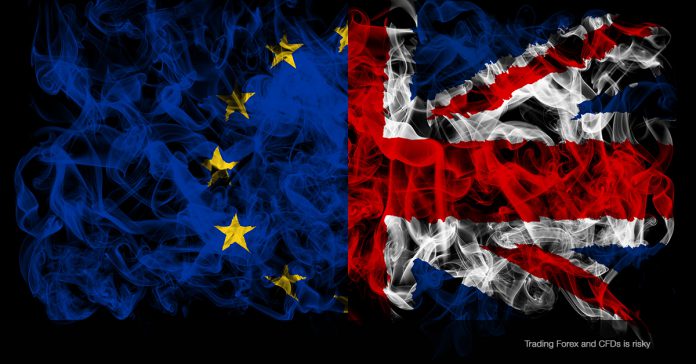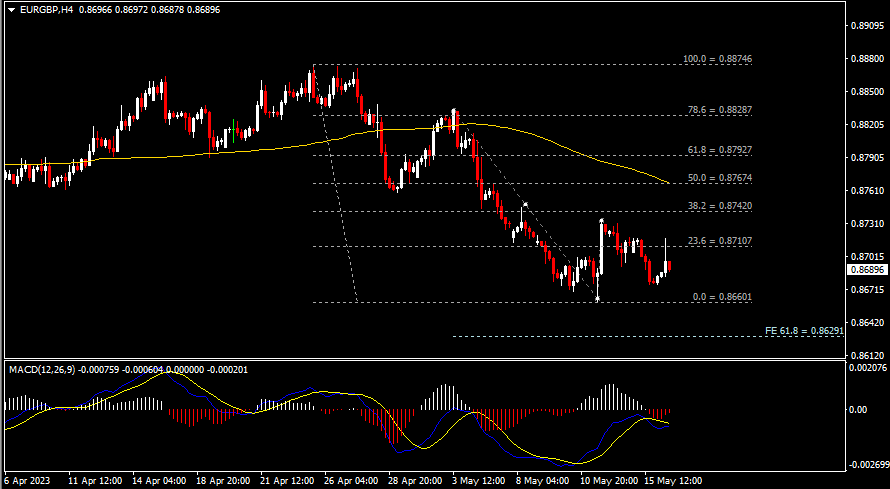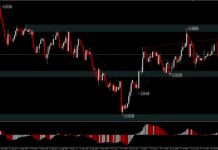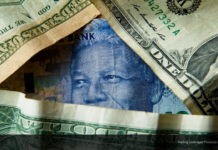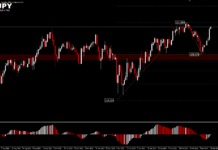The UK’s three-month ILO unemployment rate was revised up slightly by 0.1 percentage points to 3.9% in March (reaching last January’s level), the highest level since December 2021. In April, the country’s unemployment rate edged up to 4% from 3.9%, while jobless claims rose by 46,700, the biggest increase since February 2021, after its previous value was revised down by 1,700 to 26,500. On the other hand, average wages excluding bonuses for the three months of March recorded 6.7% year-on-year last year, slightly higher than the previous 6.6% but less than market expectations of 6.8%. Adjusted for inflation, regular wages contracted by 2%, the smallest compression since March last year.

Later in the evening, economic data from Europe included first quarter GDP, which posted a revised annual rate of 1.3% year-on-year and 0.1% quarter-on-quarter, both of which were in line with market expectations and previous values. Also released were the Eurozone and German ZEW economic sentiment indices for May – both fell sharply to -9.4 (from 6.4 previously) and -10.7 (from 4.1 previously). After four consecutive months of positive readings, both figures fell back into negative territory, reflecting a renewed turn to pessimism in market sentiment.
This is because the still very high level of inflation in the Eurozone will prompt the ECB to further tighten monetary policy, a move that will pose a continued risk to economic growth.

In the labour market, quarterly employment in the first quarter recorded 1.7% year-on-year last year, slightly above the previous 1.5%, while quarter-on-quarter, the figure registered 0.6% (or 166.1 million), better than market expectations and the previous 0.3% – and the highest employment growth rate since the third quarter of 2021. The data performance shows that the labour market remains tight and still does not seem to have been significantly affected by the ECB’s tightening monetary policy. Indeed, with the ECB and President Lagarde signalling that current interest rates are not yet sufficiently restrictive, markets are essentially pricing in the central bank still raising rates by 25 basis points at the June policy meeting. The decision on whether to raise rates by another 25 basis points in July would then be based on developments in the bank’s outlook.
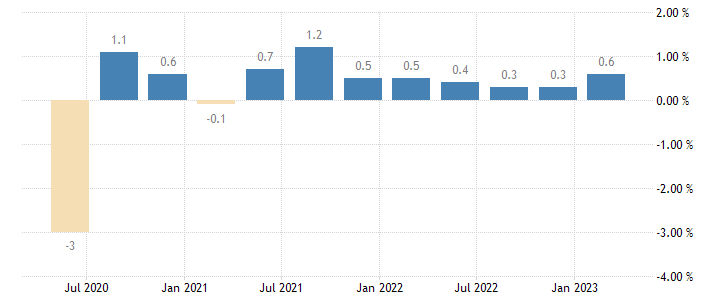
EURGBP, 4-hour chart: The pair hit an intra-day high of 0.87176 following the release of the UK employment data. Then, following the European data, EURGBP currently remains under pressure at 0.8710 resistance (FR 23.6% of this month’s low extended from last month’s peak). The main trend is biased to the downside unless the currency pair strongly breaks above the FR 50.0% (0.8770) as well as the SMA-100 SMA. In other words, the recent low of 0.8660 will be a support to watch. A break below this level would drive the shorts to probe further at 0.8630 and then 0.8560 (the latter being the low level seen in the fourth quarter of last year).
Click here to access our Economic Calendar
Larince Zhang
Market Analyst
Disclaimer: This material is provided as a general marketing communication for information purposes only and does not constitute an independent investment research. Nothing in this communication contains, or should be considered as containing, an investment advice or an investment recommendation or a solicitation for the purpose of buying or selling of any financial instrument. All information provided is gathered from reputable sources and any information containing an indication of past performance is not a guarantee or reliable indicator of future performance. Users acknowledge that any investment in Leveraged Products is characterized by a certain degree of uncertainty and that any investment of this nature involves a high level of risk for which the users are solely responsible and liable. We assume no liability for any loss arising from any investment made based on the information provided in this communication. This communication must not be reproduced or further distributed without our prior written permission.











